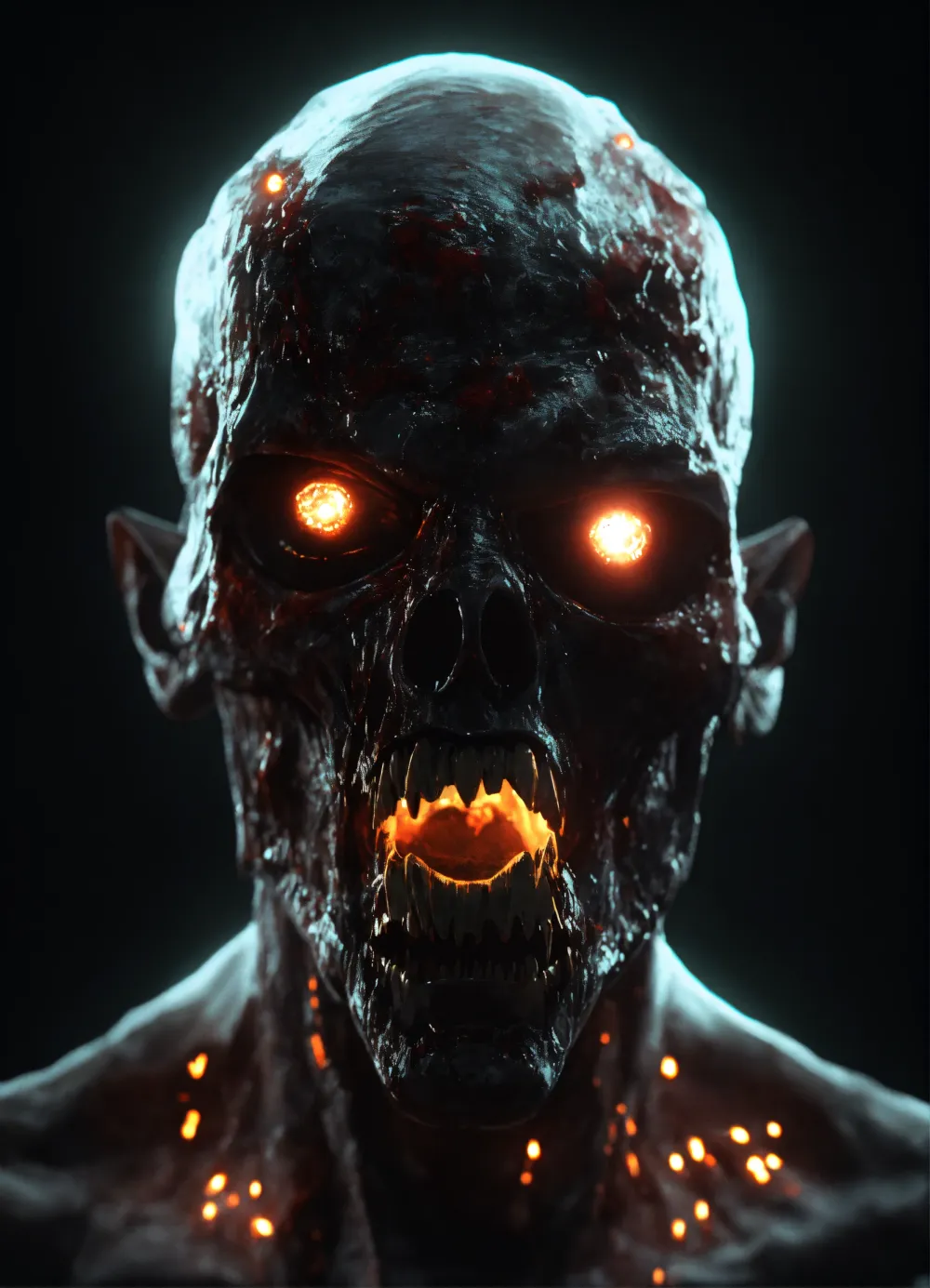The digital red carpet has been rolled out, and the name on everyone's lips is Google's Veo 3. Unveiled in May 2025, this groundbreaking AI video generation model isn't just another tech demo; it's being hailed – and in some corners, feared – as a potential paradigm shift for content creation, promising to bring Hollywood-level movie-making capabilities to a much wider audience. Is Veo 3 truly set to rule the world of filmmaking, or is the hype getting ahead of the reality?
Just announced at Google I/O 2025, Veo 3 has sent ripples of excitement and trepidation throughout the creative industries. Building on its predecessors, this third-generation marvel from Google DeepMind isn't merely about generating short, silent clips. Veo 3 steps into the limelight with a suite of features that directly address some of the most complex aspects of filmmaking, positioning itself as a formidable new engine for visual storytelling.
What Makes Veo 3 a "Hollywood Level" Contender?
The buzz around Veo 3 isn't unfounded. It boasts several significant advancements that elevate it beyond typical AI video tools:
- Native Synchronized Audio: This is perhaps Veo 3's most revolutionary feature. Unlike many AI video generators that produce silent visuals requiring separate audio tracks, Veo 3 can generate high-quality video with integrated and synchronized sound. This includes everything from ambient environmental noise and realistic sound effects to, crucially, character dialogue with accurate lip-syncing. This leap solves a major hurdle in creating believable and immersive AI-generated scenes.
- Unprecedented Realism and Detail: Google has pushed the boundaries of visual fidelity. Veo 3 demonstrates a remarkable ability to render intricate details – the texture of fabric, the shimmer of water, the nuances of animal fur – with stunning realism. It also showcases an improved understanding of real-world physics and consistent, smoother motion within generated scenes. While early outputs are often showcased in 720p or 1080p, the underlying potential for high-resolution cinematic quality is clear.
- Enhanced Prompt Comprehension and Narrative Cohesion: Veo 3 reportedly excels at understanding longer, more complex narrative prompts. This allows creators to describe entire scenarios, character actions, and desired moods, which the AI then translates into more coherent and story-driven video sequences.
- Introducing "Flow": The AI Filmmaking Suite: Alongside Veo 3, Google introduced "Flow," a new AI-driven video editing suite. Designed with filmmakers and content creators in mind, Flow integrates Veo 3's generation capabilities with Google's powerful Imagen 4 image model and the Gemini AI. It offers intuitive tools like "Camera Controls" for precise shot composition, "Scenebuilder" for editing and extending shots, and "Asset Management" to streamline the creative workflow.
- Responsible Innovation with SynthID: Acknowledging the potential for misuse, Google is integrating its SynthID watermarking technology into Veo 3 outputs. This aims to clearly identify content as AI-generated, a crucial step in combating misinformation.
A Game-Changer for Filmmakers and Storytellers?
The implications of Veo 3 are vast and varied:
- Democratization of High-Quality Production: For independent filmmakers, small studios, and content creators, Veo 3 could level the playing field. The ability to generate complex scenes, complete with audio and sophisticated visuals, without the need for massive budgets, large crews, or extensive traditional VFX work is a powerful proposition.
- Streamlined Pre-visualization and Prototyping: Filmmakers can potentially use Veo 3 to quickly prototype ideas, create detailed storyboards, or even generate entire scenes for pre-visualization, saving significant time and resources in the early stages of production.
- New Creative Avenues: Veo 3 could unlock entirely new forms of storytelling and visual expression that were previously too costly or technically challenging to achieve. Imagine crafting fantastical worlds or surreal narratives with an unprecedented degree of control and speed.
- Revolutionizing Marketing and Short-Form Content: The ability to rapidly generate engaging, high-quality video content with tailored messaging and visuals holds immense promise for advertising, social media, and corporate communications.
The Roar of Excitement and Whispers of Concern
The initial reaction to Veo 3 has been overwhelmingly enthusiastic, with many users and tech commentators lauding its capabilities. Online forums and social media are already buzzing with examples, with some hailing it as the "next level of filmmaking" and jokingly bidding "goodbye, Hollywood." Google has even partnered with acclaimed filmmaker Darren Aronofsky to explore and showcase the creative potential of these new tools.
However, the advent of such powerful AI also brings legitimate concerns:
- Job Displacement: The potential for AI to automate tasks traditionally performed by cinematographers, editors, VFX artists, and even actors is a significant worry for industry professionals.
- Ethical Implications and Misinformation: Despite watermarking efforts like SynthID, the increasing realism of AI-generated video raises fears about the creation of convincing deepfakes and the spread of misinformation.
- The Future of Art and Originality: As AI takes on more of the creative heavy lifting, philosophical questions arise about the role of the human artist, the nature of creativity, and the value of originality.
- Accessibility and Cost: Currently, access to Veo 3 for individuals is tied to Google's premium "AI Ultra" subscription (around $249.99 per month in the US), and enterprise access is via Vertex AI, initially in private preview. This high barrier to entry may limit its immediate widespread adoption.
The Next Scene: The Evolving Narrative of Movie-Making
Google's Veo 3, coupled with the Flow editing suite, undoubtedly represents a significant milestone in AI-driven media generation. While it's still early days, and the technology will continue to evolve, its potential to reshape aspects of filmmaking and content creation is undeniable.
Whether Veo 3 "rules the world" remains to be seen. It's more likely to become a powerful new collaborator, a tool that augments human creativity and opens up new horizons rather than entirely replacing the existing ecosystem. The coming months and years will be crucial in observing how filmmakers and creators adopt, adapt, and ultimately integrate this "Hollywood-level movie-making engine" into the art of storytelling. One thing is certain: the script for the future of filmmaking just got a very compelling new character.





